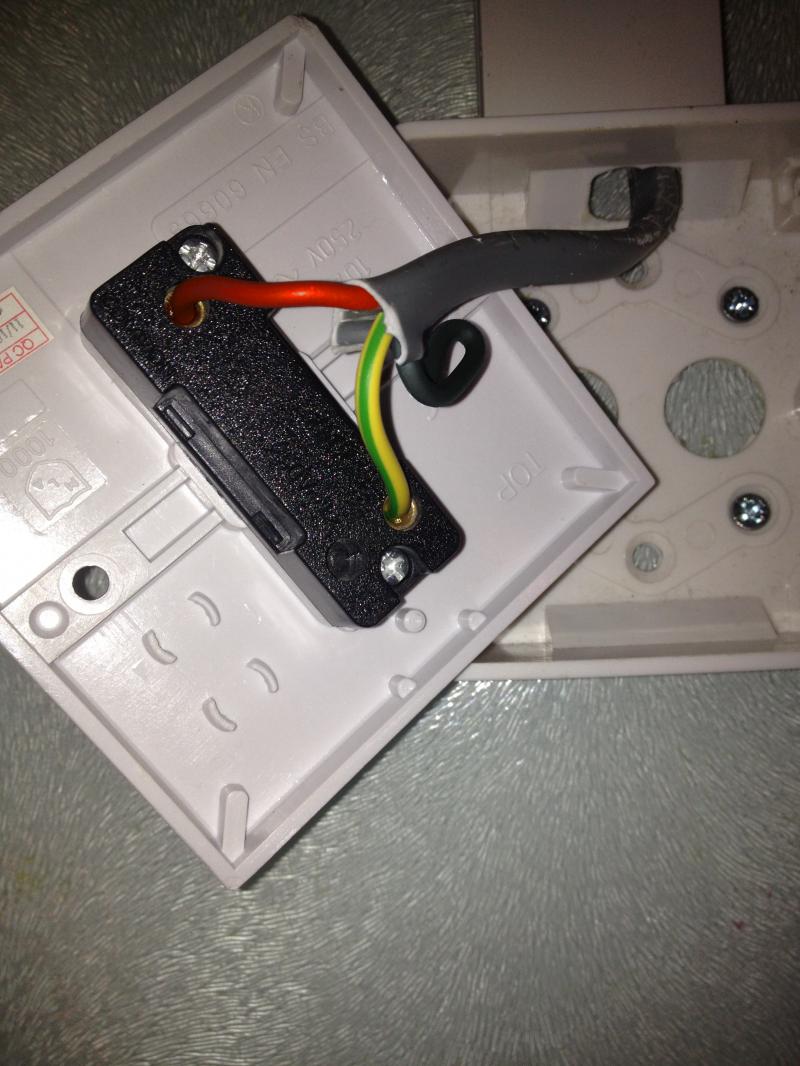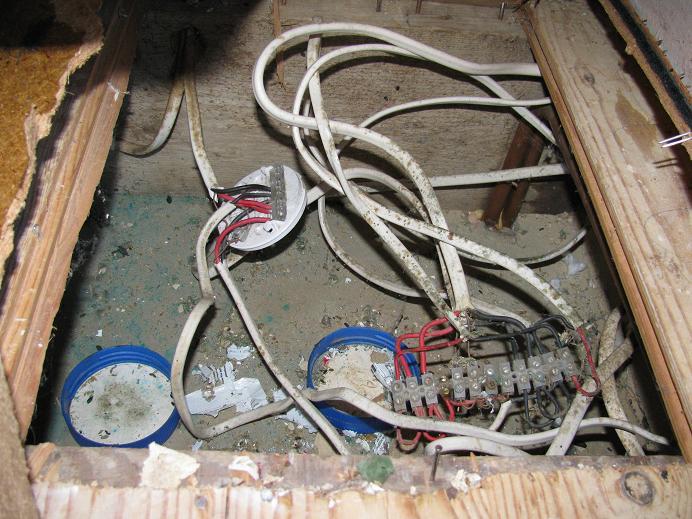Thought I would share this with you; a friend of mine called me over to his house after he kept getting big and painful electrical shocks of his kitchen sink.
His house is an old house with no RCD's.
It turned out; he had being doing some minor electrical work and his GF had replaced the light switch for him after she asked to help out. It turned out he did not check the switch after she had wired it; and below is what I found.
The switch!
Who on earth would anyone wire the earth wire to L1!
Whats the worst electrical disasters and mistakes have you run into or found?[/b]
His house is an old house with no RCD's.
It turned out; he had being doing some minor electrical work and his GF had replaced the light switch for him after she asked to help out. It turned out he did not check the switch after she had wired it; and below is what I found.
The switch!
Who on earth would anyone wire the earth wire to L1!
Whats the worst electrical disasters and mistakes have you run into or found?[/b]





